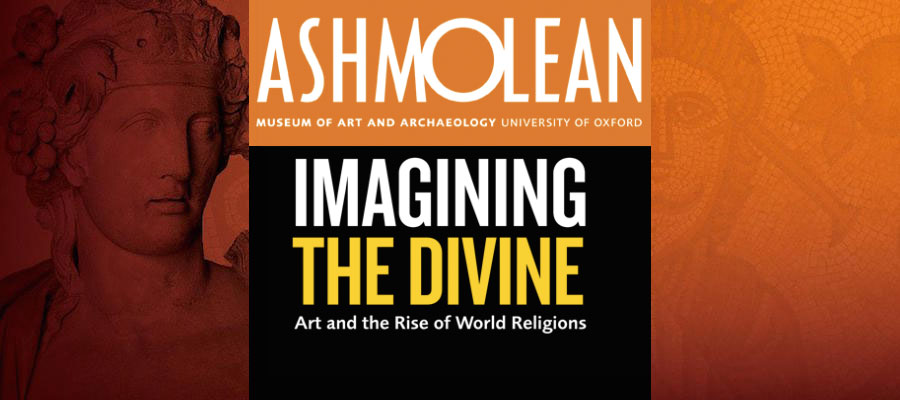Imagining the Divine: Art and the Rise of World Religions, Ashmolean Museum of Art and Archaeology, October 19, 2017–February 18, 2018
The Ashmolean, Oxford, will stage the first major exhibition to explore the visual cultures of Buddhism, Christianity, Hinduism, Islam, and Judaism as these five religions spread across Asia and Europe in the first millennium.
Imagining the Divine: Art and the Rise of World Religions (19 October 2017–18 February 2018), curated by Jaś Elsner and Stefanie Lenk, presents the culmination of new research into the art history of religions undertaken by the Empires of Faith project based at the British Museum and the University of Oxford.
The project explores the different visual cultures of the major world religions and brings to light the processes of constant dialogue between faiths.
The exhibition will consider images and objects not as fixed and inevitable consequences of a religion’s theological point of origin but, rather, as the results of a long history of visual evolution relating to the encounter and exchange with other faiths, rituals, and cultures.
Highlights of the exhibition include: the first known depiction of Christ north of the Alps; some of the oldest surviving Qurans; early Christian sarcophagi from the Ashmolean collection, which will be displayed for the first time; a rare cult - statue of Dionysus; early figurative and pre-figurative images of Buddha; Vishnu avatars; late ancient Jewish artefacts; and a variety of rare maps, scrolls, drawings, coins, manuscripts and amulets.
The exhibition explores how art was not only central to the development of these faiths, beliefs and traditions, but was also shaped by the interaction between them.
Imagining the Divine highlights the coexistence of the emerging major world religions, their artistic environment, and the exchanges of images and ideas that produced some of the most enduring religious images ever created.
